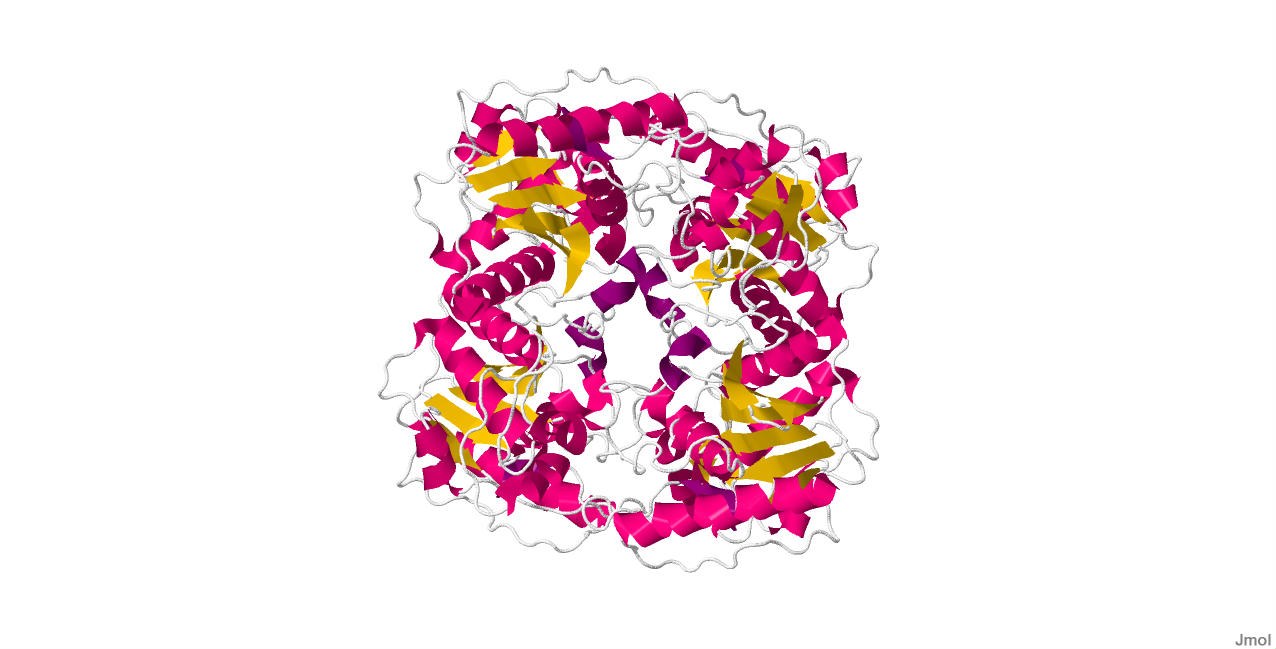This article's lead section may be too technical for most readers to understand.(September 2020) |
Ecdysteroid-phosphate Phosphatase is the first structure of a steroid phosphate phosphotase containing alpha beta folds common to members of the two histidine (2H)-Phosphatase superfamily with strong homology to the Suppressor of T-cell receptor signaling-1 (Sts-1 PGM) protein. The putative EPPase PGM active site contains signature residues shared by 2H-phosphatase enzymes, including a conserved histidine (His80) that acts as a nucleophile during catalysis. The physiological substrate ecdysone 22-phosphate was modeled in a hydrophobic cavity close to the phosphate-binding site. EPPase PGM shows limited substrate specificity with an ability to hydrolyze steroid phosphates, the phospho-tyrosine (pTyr) substrate analogue para-nitrophenylphosphate ( pNPP) and pTyr-containing peptides and proteins. It has been shown that new protein tyrosine phosphatase (PTP) activity for EPPase. Also, EPPase and its closest homologues can be grouped into a distinct subfamily in the large 2H-Phosphatase superfamily of proteins.
